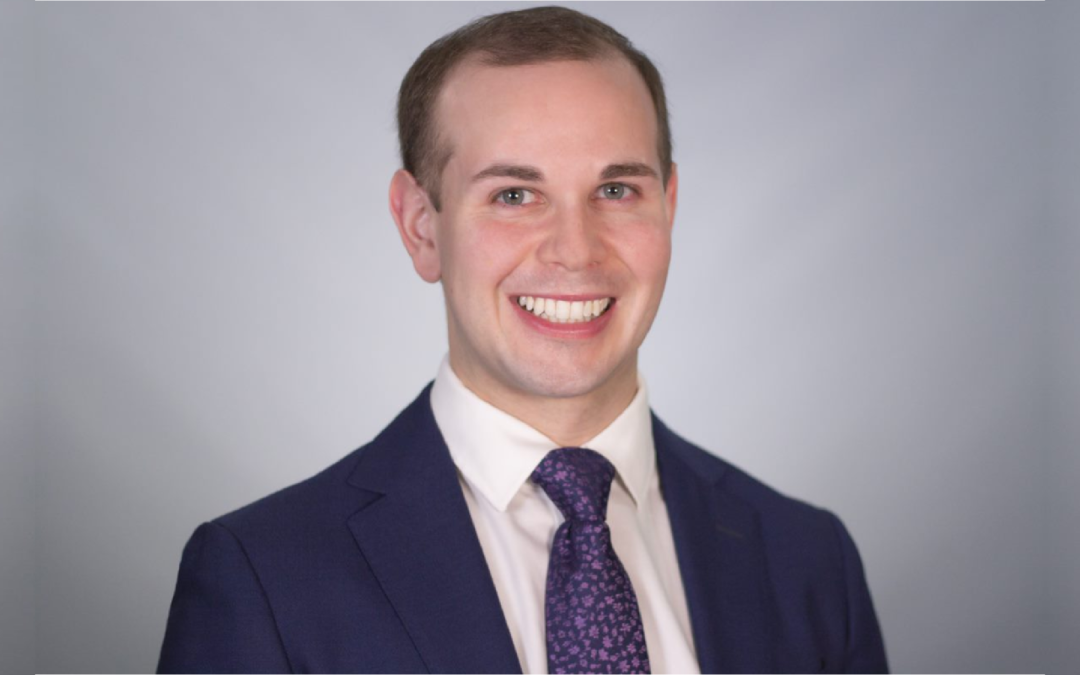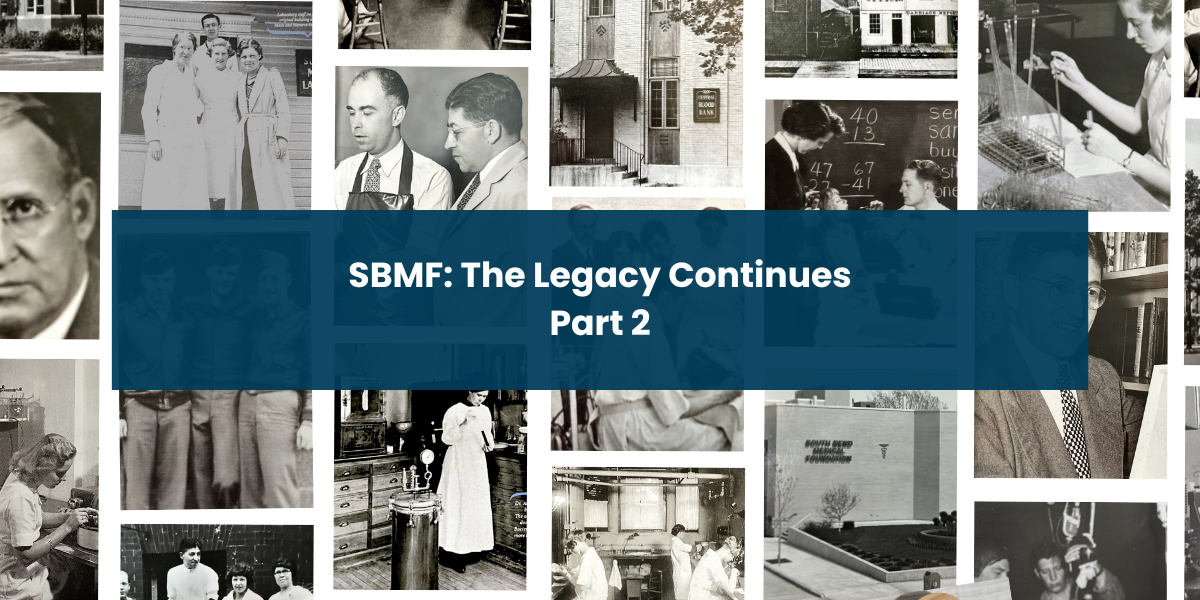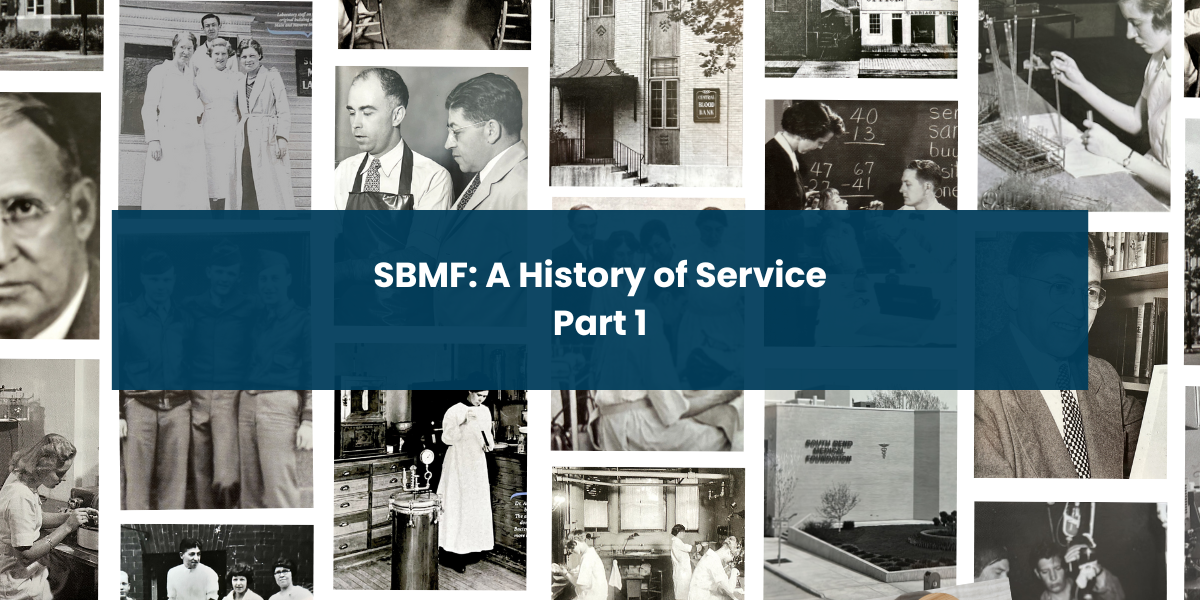Dr. Jonathan Konopinski is a lifetime resident of South Bend and has worked for South Bend Medical Foundation for two years. We were excited to sit down with Dr. Konopinski and discuss the field of pathology, his background, and what he enjoys most in his current position. Let’s see what he had to say:
What Made You Decide To Become A Pathologist?
During medical school, I did a clinical rotation in the pathology department and fell in love. Pathology is not a required rotation during our education, so very few doctors are exposed to the profession. Pathology had a mystery about it and I wanted to explore what it had to offer. To this day, I am grateful that I took the plunge to see what had to offer. Pathology truly combines my love for biologic and physical sciences with the arts. This profession is more than looking at beautiful photos – it is about translating them into medical diagnoses to empower physicians with the necessary knowledge to determine a care plan.
Where Did You Go To School?
I grew up in South Bend and attended Clay High School. After high school, I attended the University of Michigan for my undergraduate degree then went on to Baylor College of Medicine in Houston for medical school. I moved to Washington D.C. to attend George Washington University for my residency and then moved to Charlottesville for my fellowship at the University of Virginia.
What Made You Decide To Practice In South Bend?
School really allowed me to live all over the country and experience diverse cities and communities, but South Bend will always be home. I moved back here to be closer to my family.
What Is One Thing You Wish People Knew About Being A Pathologist?
When it comes to my role as a pathologist, I think the most important thing to understand is that we are a part of your team. By sending biopsies, we require the full scope of information in order to provide an accurate diagnosis. Biopsy interpretation is both an art and a science so as a doctor in this field I am able to connect what I see in the microscope to what I see in the patient. Pathologists are trained in the microscopic appearance of the human body as well as the macroscopic appearance of what the disease looks like with the naked eye. In order to do our jobs to help you do yours, pathologists need an understanding of the full picture and not just one piece.
What Do You Like To Do For Fun?
When I’m not at the office, I enjoy weightlifting, CrossFit, cooking, traveling, and playing the viola. Many people don’t know this about me, but I also only drive manual cars.





